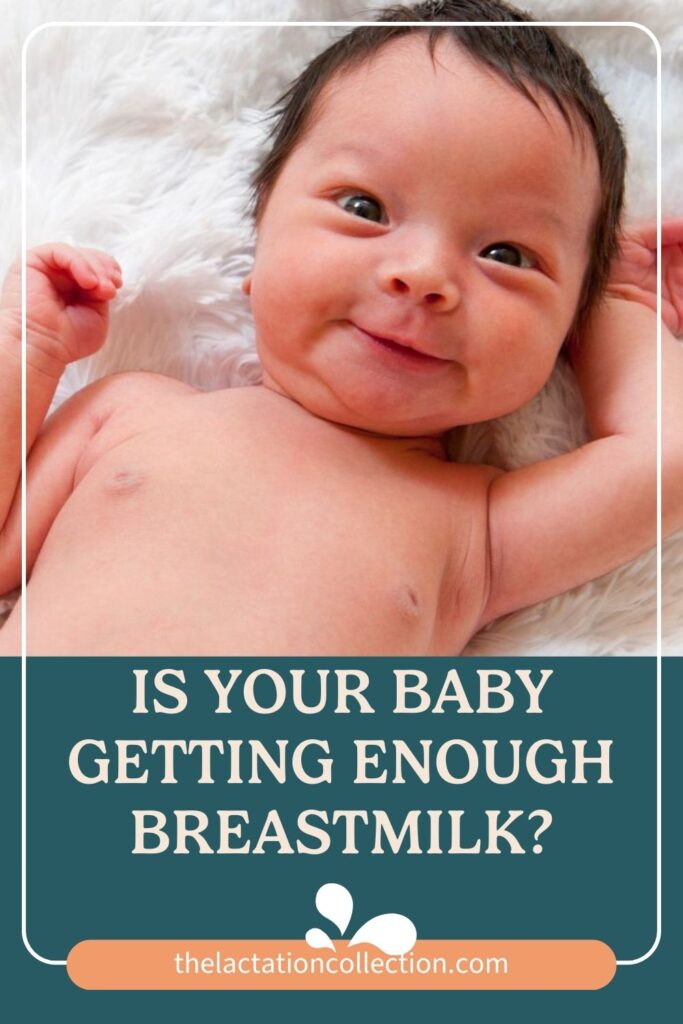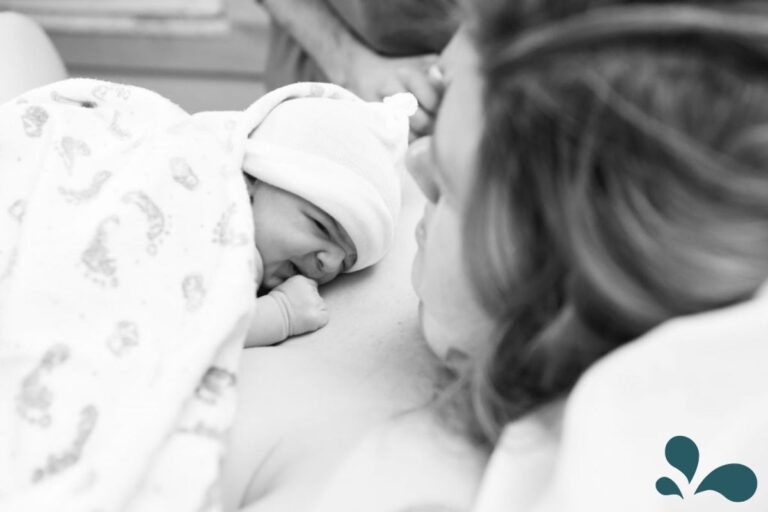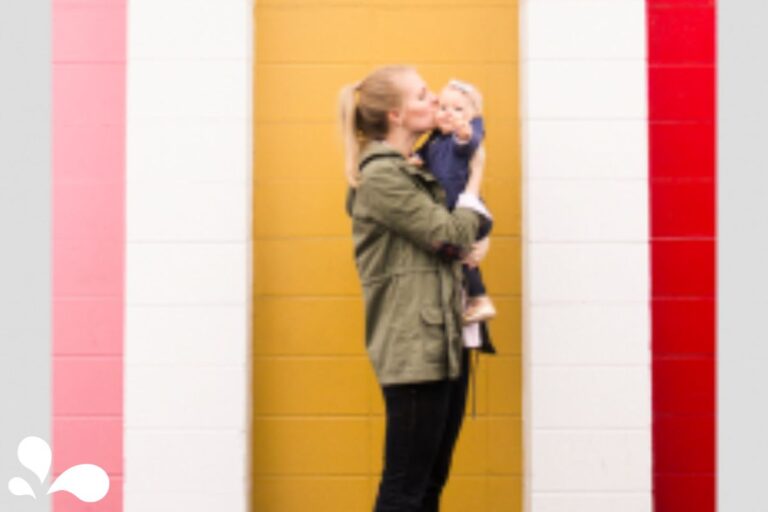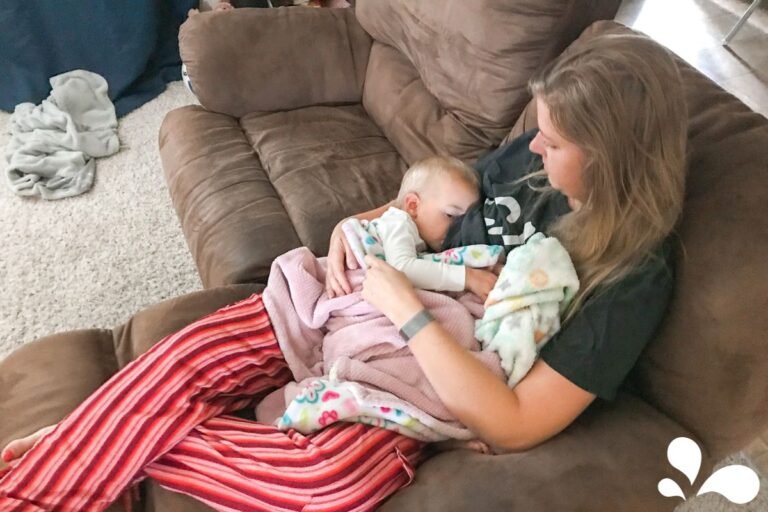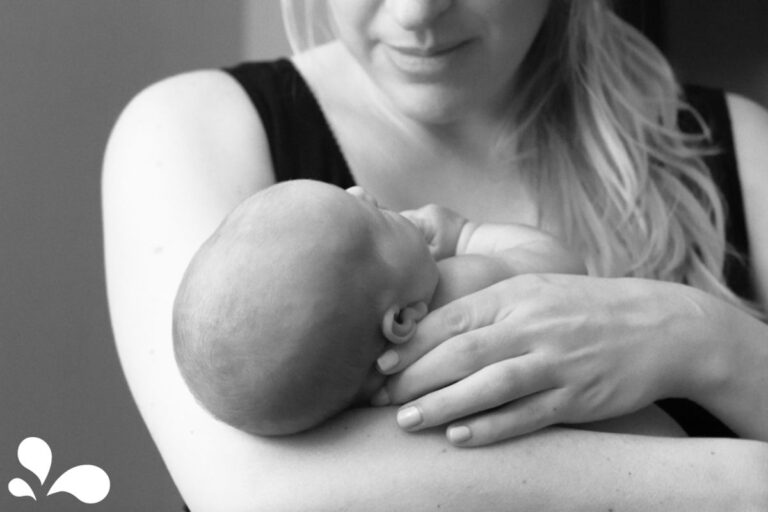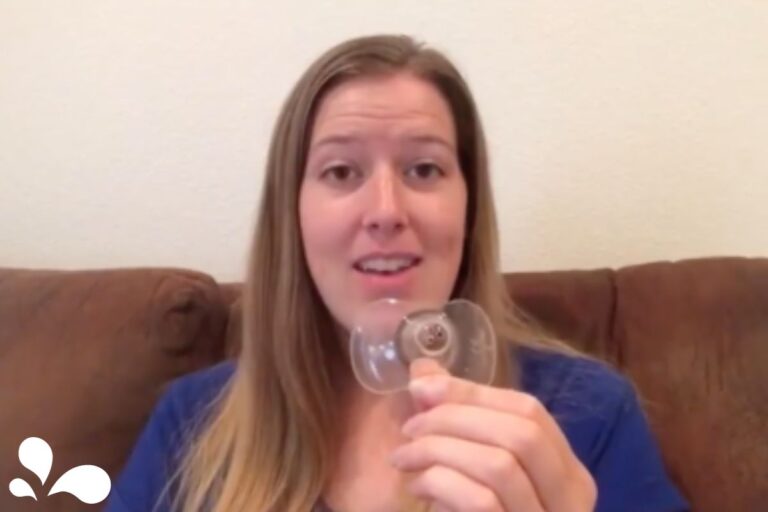It is difficult to know if baby is getting enough breastmilk when you are exclusively breastfeeding. The average home doesn’t have a way to measure. We know it is really easy to go to the “worst-case scenario” in your head, which when you are breastfeeding, that fear tends to be that you are not making enough milk to feed your baby.
We are here to help alleviate some of those concerns. The following are some things to look for when breastfeeding to check for adequate breastmilk transfer from mom to baby.
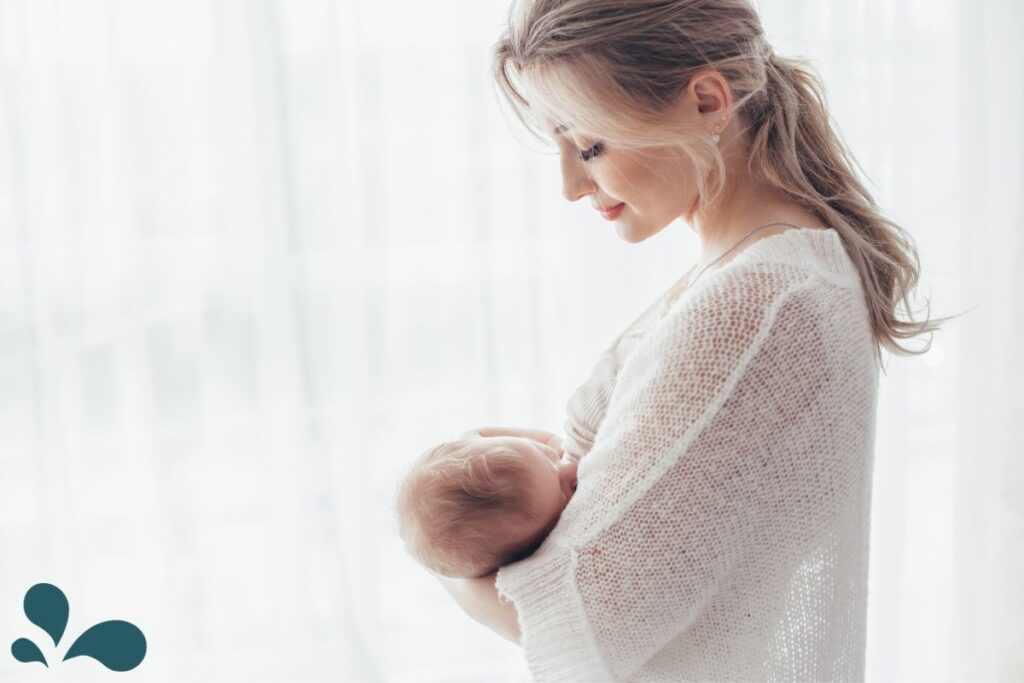
Signs of adequate intake during and after feedings:
During breastfeeding
- Asymmetric latch or deep latch during feedings (to read up on latch, check out this blog post)
- Audible swallows
- Baby relaxes during feedings–watch their hands. You want to see hands relaxed rather than balled into fists.
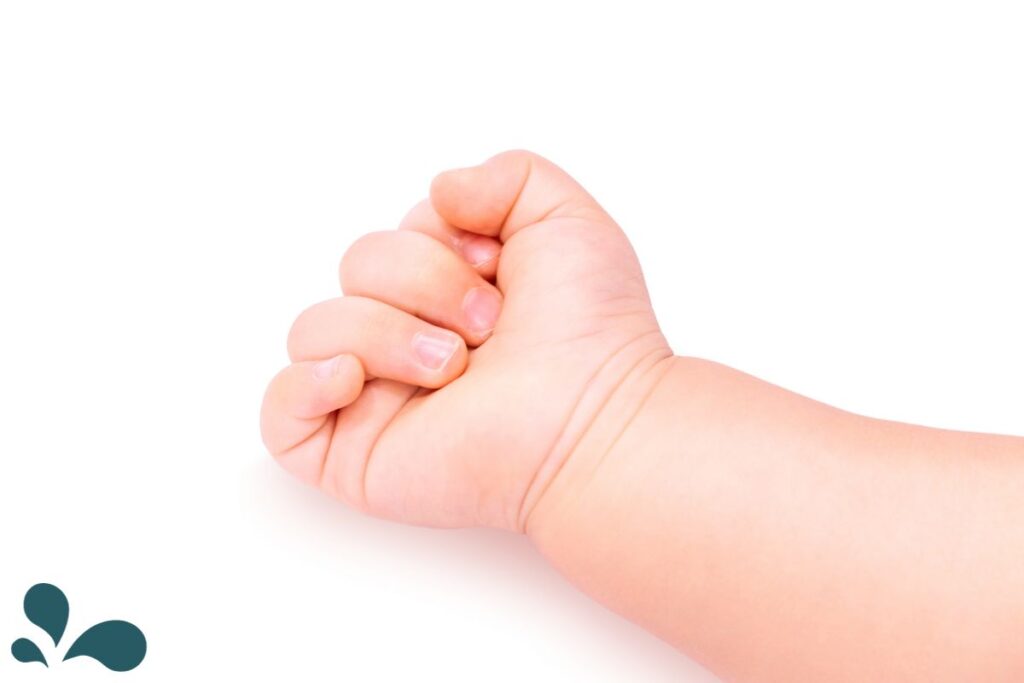
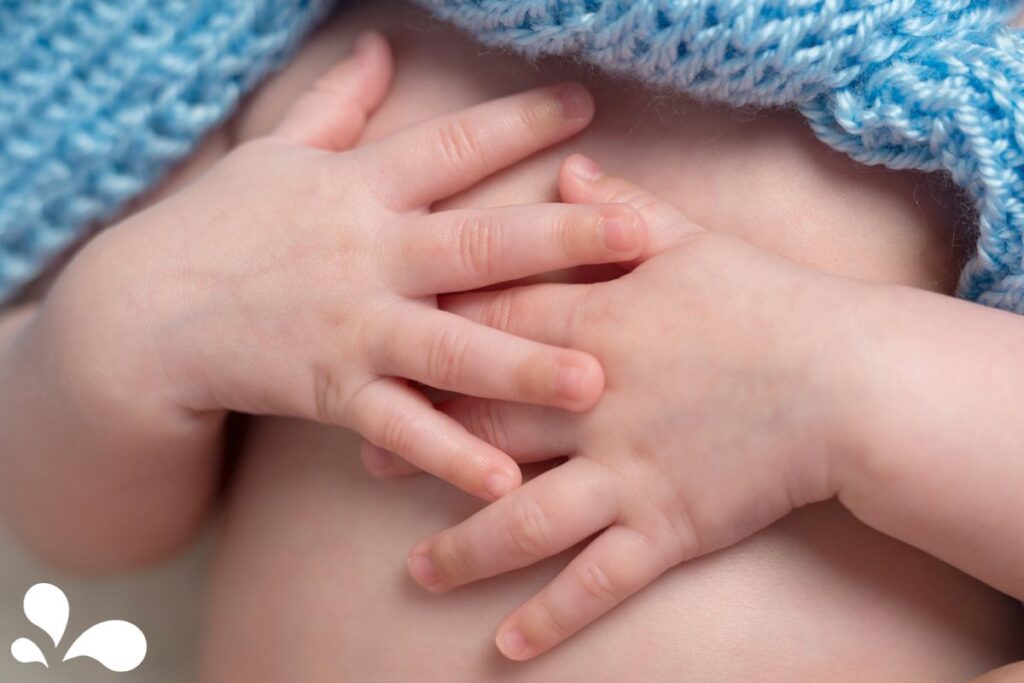
After breastfeeding
- Consistent wet and messy diapers
- Active and alert during wake times
- Skin tone & muscle tone–baby shouldn’t be yellow or pale. Baby should be able to move their body with ease, rather than being consistently limp.
- Head & length growth
- Hitting weight gains
Especially as new parents, you may not know how many wet and messy diapers to expect.
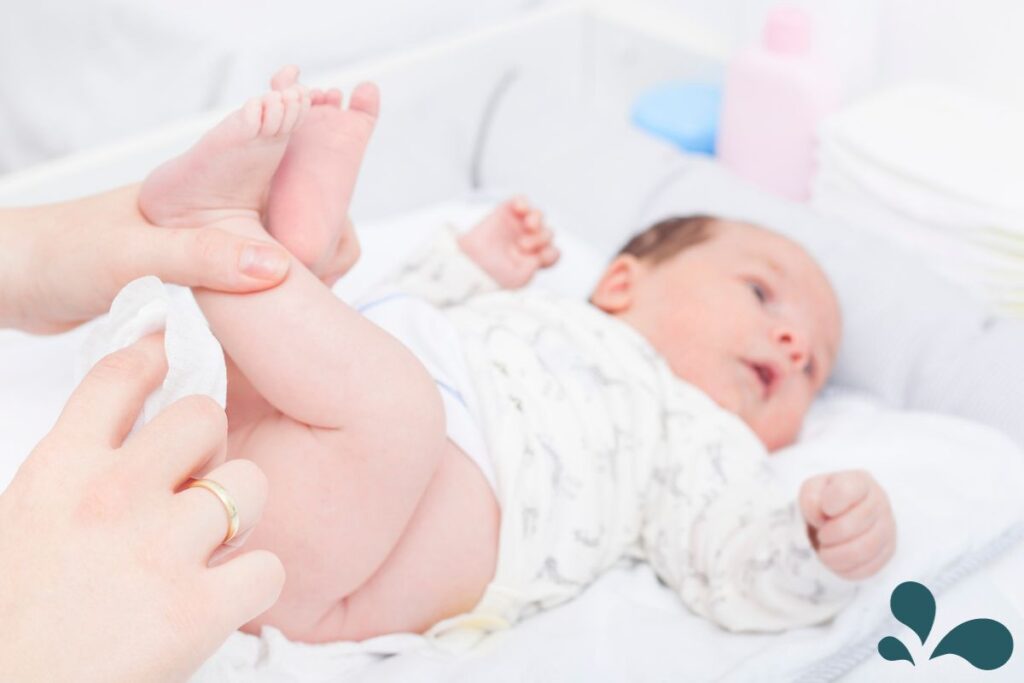
Here is what to expect when it comes to diapers:
- You need to see about one wet and one poopy diaper per day old baby is from day 1 to about day 5. For example, on day four, baby should have about four wet and four poopy diapers.
- After day five, expect about 5-6+ wet diapers per day and 3-4+ messy diapers.
- By day five, you should see yellow breastmilk poops (soft, yellow, seedy-looking).
- A wet diaper is roughly the weight of about 1-2+ TBSP of water in a diaper in the newborn stage. If you’re unsure what that feels or looks like, take a clean diaper, measure out 2 TBSP of water, and pour it on. This will help you mentally compare the diapers whenever you’re worried.
- As a newborn, a messy diaper is defined as a spot of poop that is larger than the size of a US quarter.
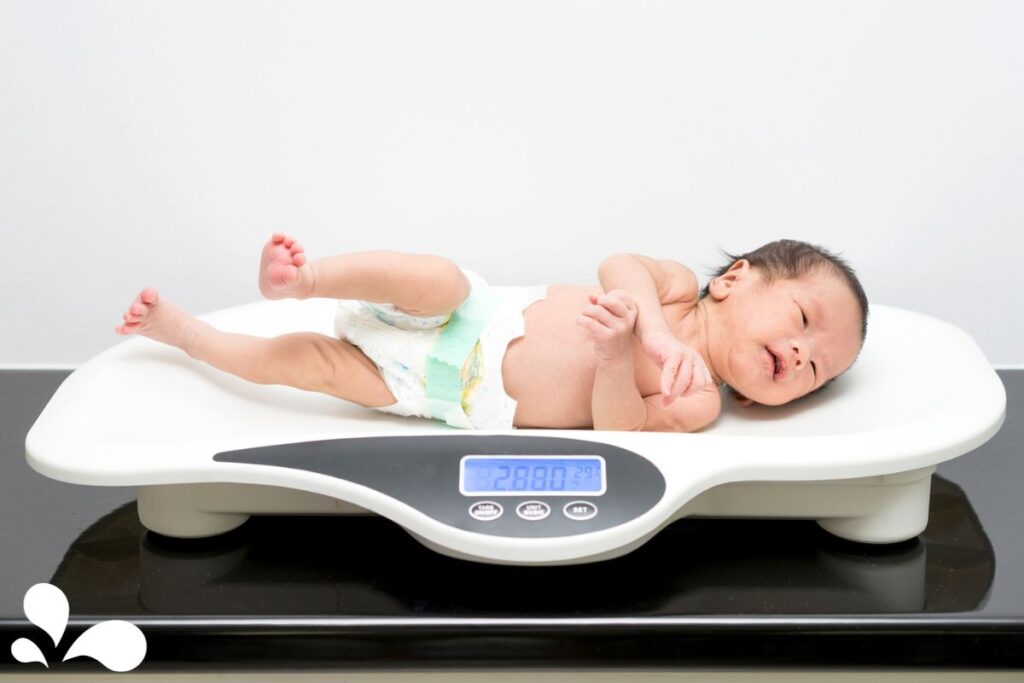
Weight Gain
It is usual for a newborn to lose weight (~7-10%) in the first several days of life. There’s no need to be worried if baby loses a tiny bit of weight after birth. We want them to be back up to birth weight by two weeks of age.
We like to see a weight gain of about 5-8 oz/week for the first four months of age.
A quick tip: If you want to measure your baby’s weight (roughly) but don’t have a baby scale, you can step on your scale, measure your weight, then have a partner hand you baby. At that point, you simply subtract your first (and actual) weight from the weight you saw when you were holding your baby.
Now, if you’re worried about baby getting enough milk and weight gain, please contact us, or a local IBCLC. We can check breastmilk transfer and weight gain by doing an in-person consultation to assess how much milk baby is removing from the breast during a feeding. We weigh baby immediately before feeding and immediately after using a precise scale (something you cannot do yourself unless you have an accurate scale).
